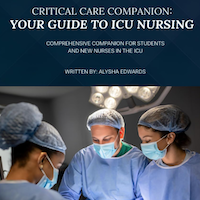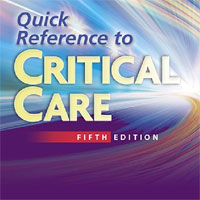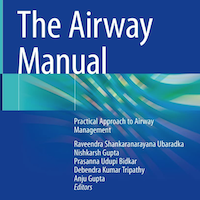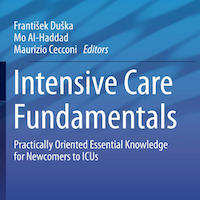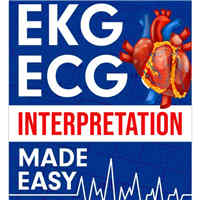
Critical Care Reviews Book 2018
The Critical Care Reviews Book summarises, critiques and puts in context the biggest trials of the year. Five intensivists from Belfast, Northern Ireland, spend a year writing this in their own time. This is available as... read more
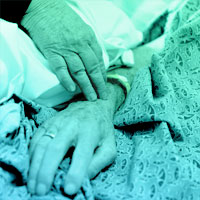
ICU-Acquired Weakness and Recovery from Critical Illness
Kress and Hall propose that rehabilitation of critically ill patients should begin in the ICU. The authors name sepsis, systemic inflammation, multiorgan failure, hyperglycemia, glucocorticoid use, and female sex as risk... read more

Precision Medicine, Genome Sequencing, and Improved Population Health
Despite controversy, major health systems across the globe are obtaining and making use of genome sequence data in patients they care for, hoping this approach will prove beneficial.1 Genome sequencing technology, a key driver... read more

I Wasn’t Strong Like This When I Started Out: True Stories of Becoming a Nurse
This collection of true narratives reflects the dynamism and diversity of nurses, who provide the first vital line of patient care. Here, nurses remember their first “sticks,” first births, and first deaths, and reflect... read more
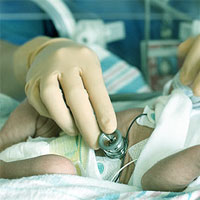
Five-Year Survival and Causes of Death in Children After Intensive Care
There was an increased risk of death in a cohort of ICU-admitted children even 3 years after discharge. In those who survived 30 days after discharge, medical causes of death were dominant, whereas deaths due to trauma were... read more
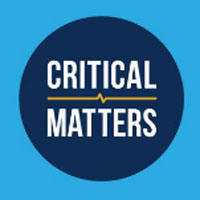
Practicing Respect in the ICU
In this episode, we discuss the practice of respect in the ICU. Our guest is Samuel M. Brown, MD, MS, a practicing intensivist and Director of the Center for Humanizing Critical Care at Intermountain Medical Center in Murray,... read more
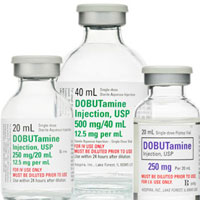
Prevention of Low Cardiac Output Syndrome After Pediatric Cardiac Surgery
Dobutamine and milrinone are safe, well tolerated, and equally effective in prevention of low cardiac output syndrome after pediatric cardiac surgery. The hemodynamic response of the two drugs is comparable. In uncomplicated... read more
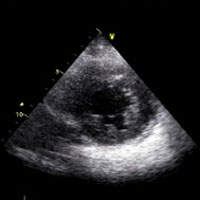
Septic Cardiomyopathy
Septic cardiomyopathy is an important contributor to organ dysfunction in sepsis. Guided treatment of septic cardiomyopathy may affect patients' prognosis, especially when their cardiac index is substantially decreased. The... read more

Apneic Oxygenation in the ICU
Hypoxemia is the most common complication of endotracheal intubation in the critically ill and the strongest risk factor for periprocedural cardiac arrest and death. The traditional approach to avoiding desaturation during... read more

Pediatric Patient and Family Perspective on Pediatric ICU Experience & Survivorship
In this video a 7-year old who spent 662 days in the PICU after a severe burn injury requiring ECMO sits down with her parents to detail their journey with critical illness and recovery during the 6th Annual Johns Hopkins... read more

Data Analysis Shows ICU Scores Accurate in Predicting Risk of Death
Using clinical data from more than 200 hospital intensive care units, Philips Healthcare has shown that three ICU risk scores—designed for different purposes—performed well as a marker of severity of illness at admission... read more
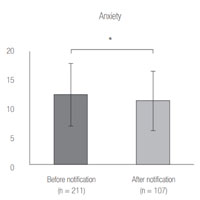
The Effects of a Delirium Notification Program on the Clinical Outcomes of the ICU
Increasing the physician's awareness of the patient's mental state by using a notification program could reduce the anxiety of ICU patients even though it may not reduce delirium. The results suggested that the method of... read more

The Efficacy and Safety of Pre-hospital Cooling After Out-of-Hospital Cardiac Arrest
Mild therapeutic hypothermia (TH), or targeted temperature management, improves survival and neurological outcomes in patients after out-of-hospital cardiac arrest (OHCA). International guidelines strongly support initiating... read more

Helping Without Harming
You've been resuscitating the patient for hours and finally caught up with volume. You come back on your next shift only to find your colleague has been diuresing them all day. What the heck were they thinking!?! This normal... read more

Isolated Left Ventricular Failure is a Predictor of Poor Outcome in Patients Receiving Veno-Arterial ECMO
Veno-arterial extracorporeal membrane oxygenation (va-ECMO) is increasingly and successfully used to assist patients with refractory cardiogenic shock from different causes. A total of 132 va-ECMO patients were enrolled.... read more
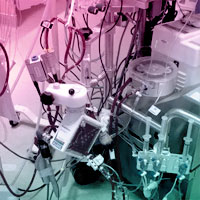
Experience and Needs of Family Members of Patients Treated with ECMO
Sudden onset of an unexpected and severe illness is associated with an increased stress experience of family members. Only one study to date has explored the experience of family members of patients who are at high risk of... read more

Evidence for Persistent Immune Suppression in Patients Who Develop Chronic Critical Illness After Sepsis
Many sepsis survivors develop chronic critical illness (CCI) and are assumed to be immunosuppressed, but there is limited clinical evidence to support this. We sought to determine whether the incidence of secondary infections... read more


